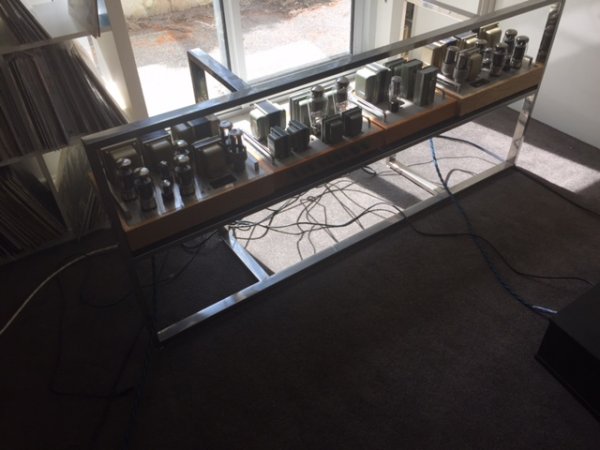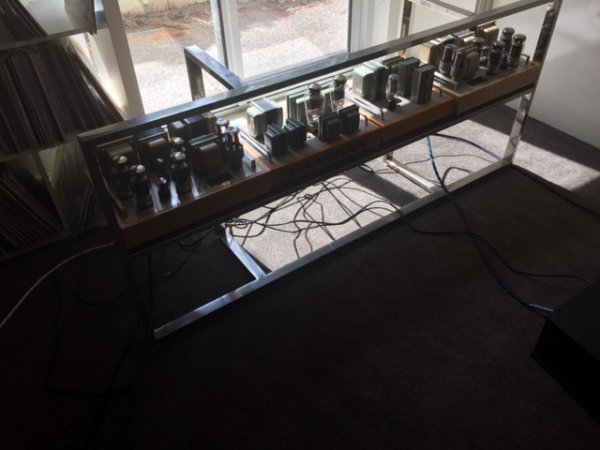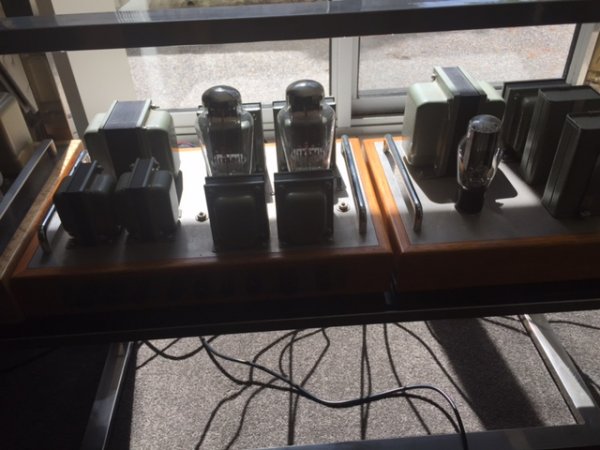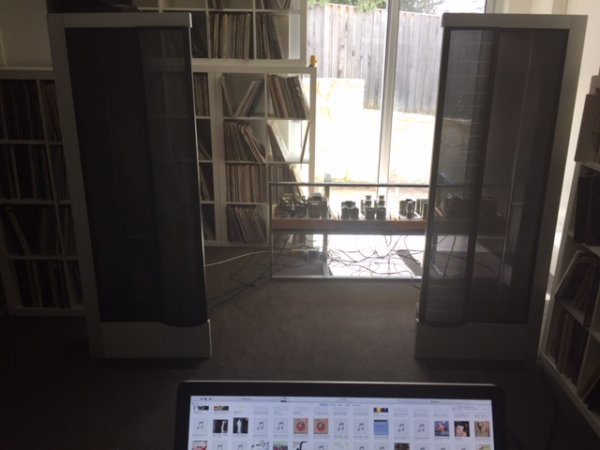I have had three different MartinLogan speakers over the last 28 years, and I have heard the Neolith at a show, so I would like to try to reconcile some of the views on this thread because I think some of the posts in this thread talk past each other without understanding each other (and, in my opinion, without understanding the real issue).
1) I believe there are five primary criticisms of MartinLogan speakers A) - E) and one commonly proposed solution F):
A) The electrostatic panel sounds a little thin or lean and does not present singers and instruments with the corporeal incarnation and "body" of ribbons and, especially, of conventional dynamic drivers.
B) The CLX has little to no bass.
C) The CLX is not very dynamic.
D) In the hybrid models there is an audible discontinuity between the electrostatic panel and the woofer.
E) The hybrid models do not reproduce low frequencies with the same resolution, detail and texture with which the electrostatic panel reproduces middle and high frequencies, or with the same resolution, detail and texture with which ribbon and magnetic planar panels reproduce low frequencies.
F) Adding a subwoofer to the CLX solves the issues of A) thinness/leanness/lack of "body," B) lack of bass and C) lack of dynamics.
2) I personally think that A) the electrostatic panel is a little thin and lean and lacking "body," B) the CLX lacks bass (of course it lacks bass -- the -3dB spec is 55 hz) and C) the CLX is not very dynamic all are accurate.
3) For whatever reason I appear to be not sensitive to the discontinuity between the ML electrostatic panel and the woofer (I used the Monolith III for many years and I did not have a big problem with the discontinuity). D) is not an issue for me.
4) I think E) is accurate. The woofer in the ML hybrids cannot reproduce low frequencies with the resolution, texture and detail of a Magnepan panel or an Analysis Audio panel or a full-range ribbon. If that is your sonic priority you will have to go with a planar speaker which uses a large panel to reproduce 200 to 400 Hz (but, of course, you will be giving up cone excursion impact below 100 Hz).
5) I think people talk past each other on this subject because they try to solve the thinness/leanness/lack of body issue with a subwoofer. But I think the thinness/leanness/lack of body is due to the absence of a large magnetic planar driver, or a decent-sized conventional driver, covering 200 to 400 Hz. I do not believe that any subwoofer to which the signal is crossed over at 100 Hz or 80 Hz or 60 Hz is going to address the lack of richness and body in the upper base/lower midrange region of the ML electrostatic panel.
6) Here is my theory to explain why even a four tower SOTA system such as the mighty Genesis 1.1 may have a weakness in the upper bass/lower midrange region: No matter how herculean the base towers are, if the crossover to a planar system occurs no higher than at about 100 Hz, then there is a richness and weight and body and cone excursion impact deficit in the critical 200 Hz to 400 Hz range. Even the amazing big Genesis woofer towers may roll off too quickly to provide impact at 400 hz, and no midrange ribbon (let alone an electrostatic panel) is going to provide the body and richness to satisfy us in the region of 200 to 400 Hz of the dual 9" drivers of the Rockport Arrakis or the 13" woofer of a Big Wilson or the four 11" woofers of the Evolution Acoustics MM7, etc.
Thus I believe the discussion about subwoofers to solve the thinness/leanness/lack of body of the CLX is inapposite and misplaced.
This theory is why I think the MartinLogan Neolith may be a brilliant design if its 12" driver -- specifically covering 60 - 400 hz (higher than any ML speaker before it) -- provides in an ESL hybrid almost exactly the warmth and weight and body and richness and cone excursion impact we get in that frequency range from the best dynamic driver speakers.
Yes, this means I am willing to sacrifice E) to get cone excursion impact.
(D) In the hybrid models there is an audible discontinuity between the electrostatic panel and the woofer.)
Not true for the Summit X as it uses the Vojtko Voiced crossover network to apply variable phasing near the crossover point. To me the Summit X performs better then any box or horn speaker I have ever heard. Powering them with Pass XA160.5 they do not sound thin at all.






